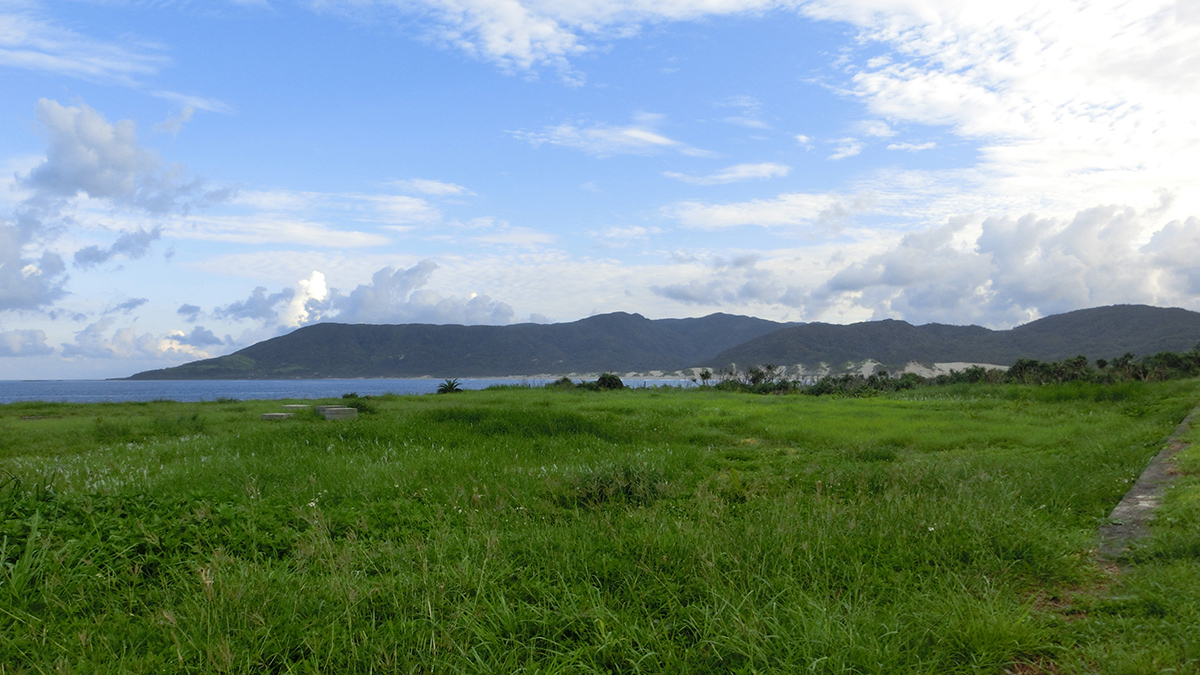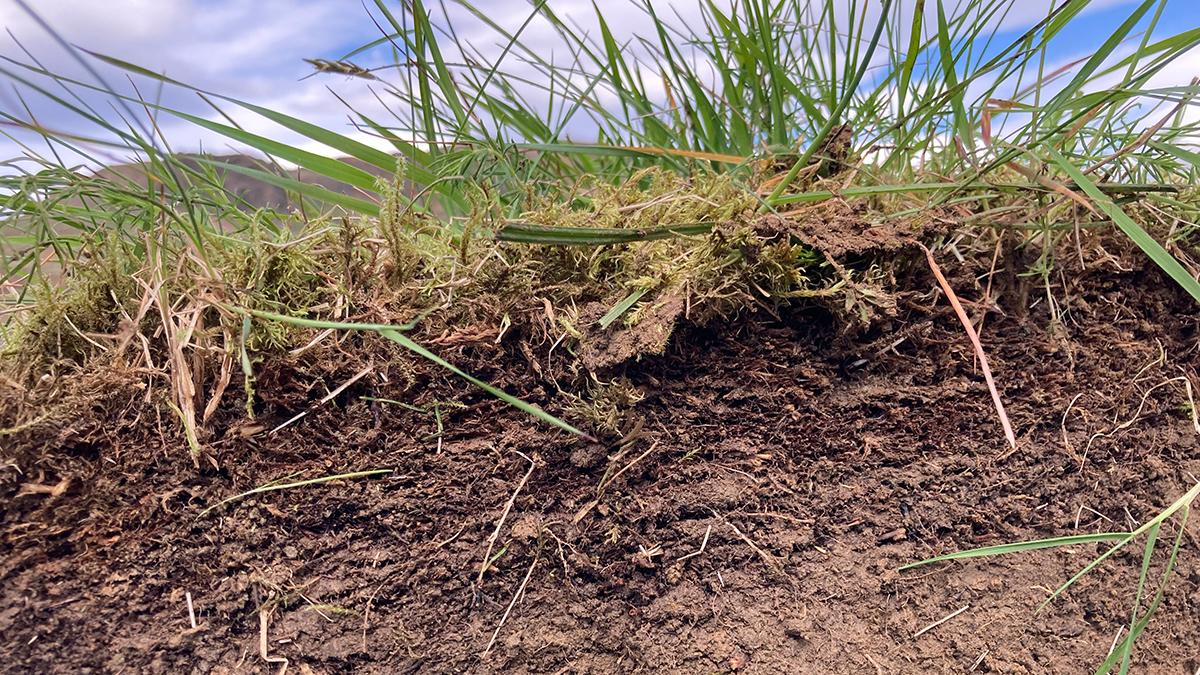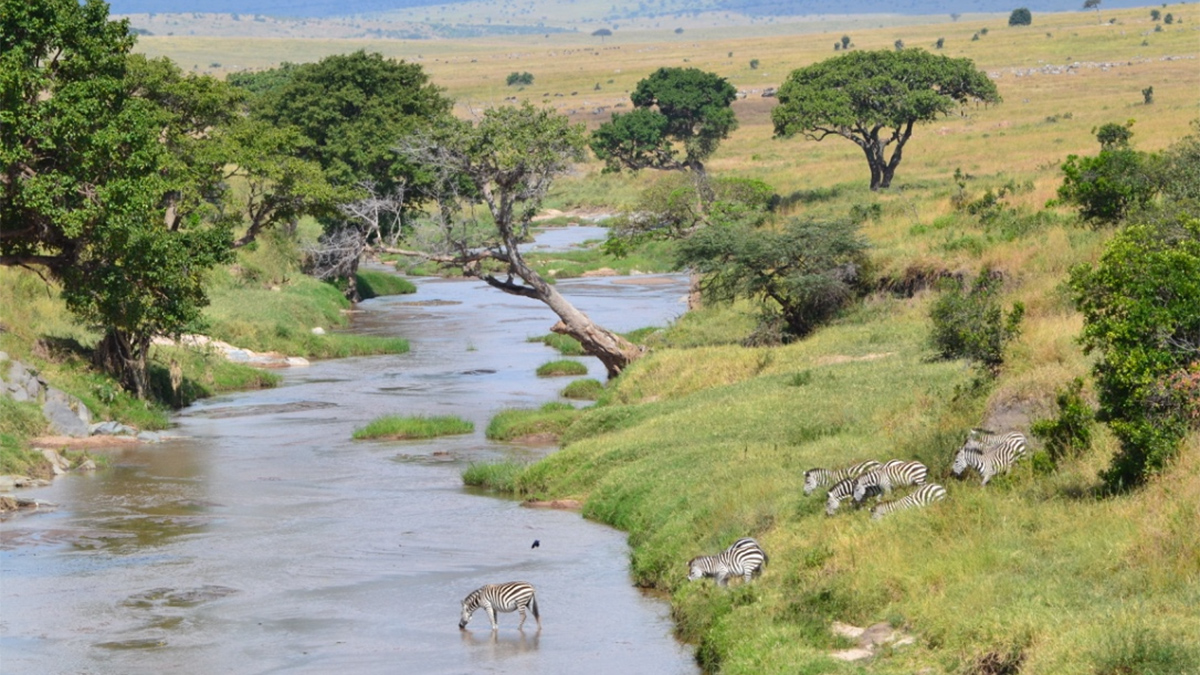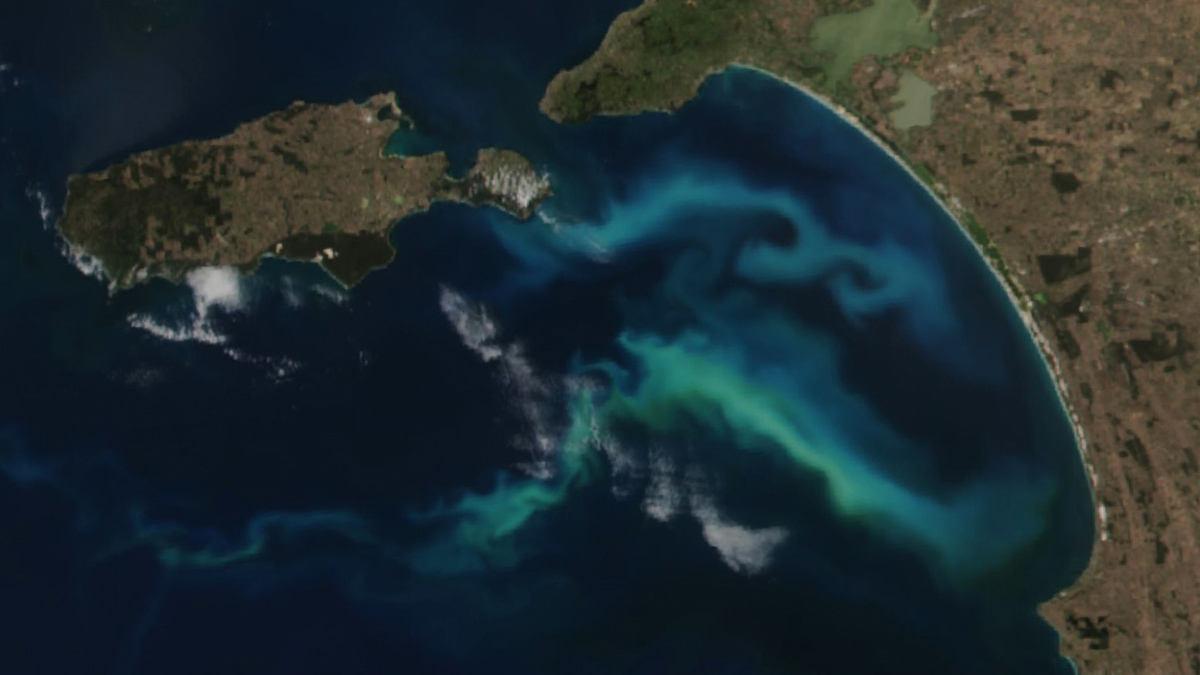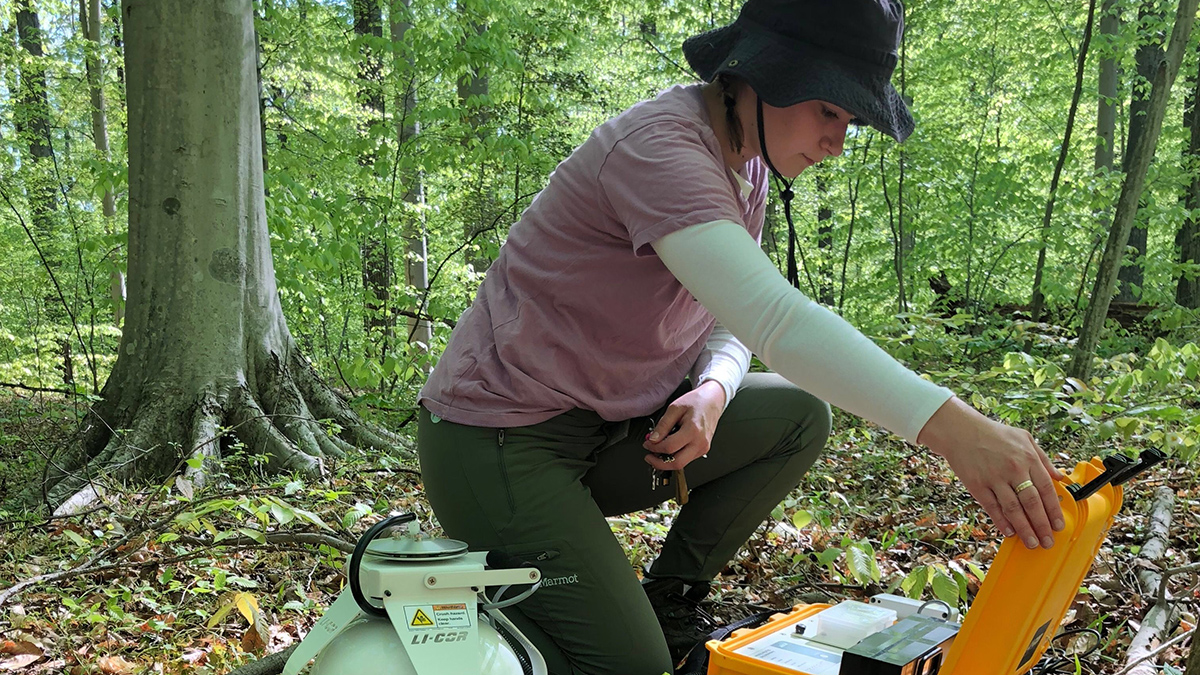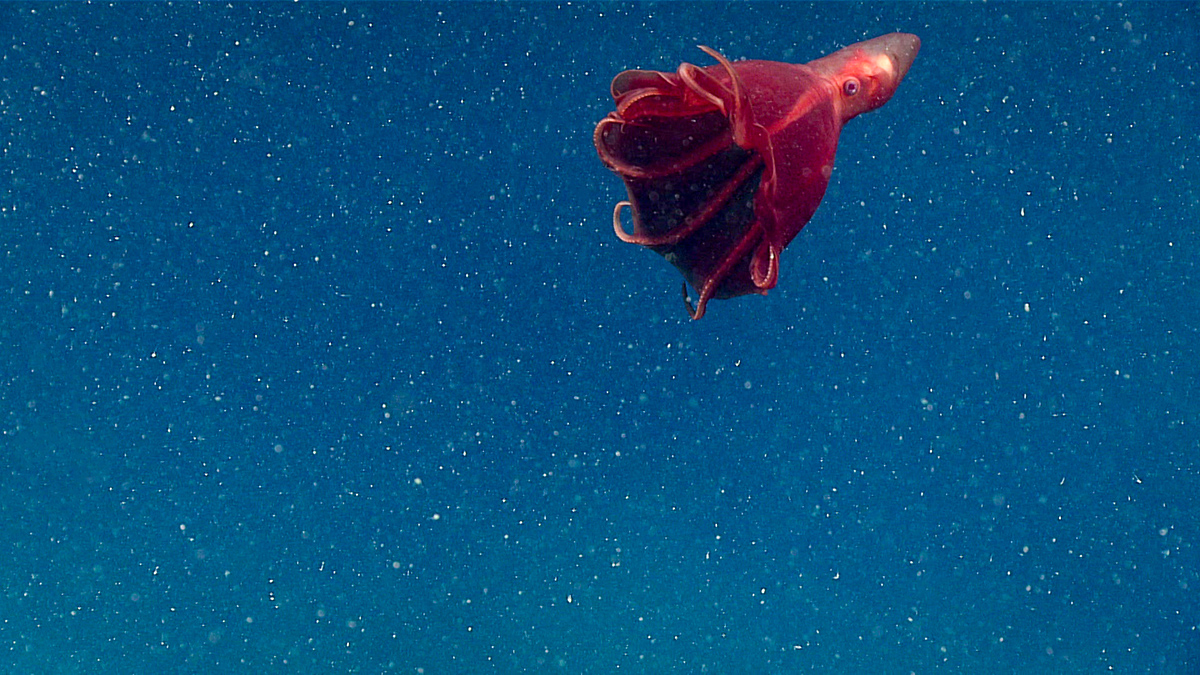A radioactive isotope produced by nuclear weapons reveals that plants take up more carbon—but hold on to it for less time—than current climate models suggest.
carbon cycle
Sand’s Role in Rerouting Meandering Rivers Is Bigger Than We Thought
Researchers delve into the dirt causing rivers to migrate.
Middle-of-the-Road Mountains Form the Best Carbon Sinks
Silicate rock weathering has a sweet spot: erosion that isn’t too fast or too slow.
How Are Deep Soils Responding to Warming?
Scientists aim to integrate observations from deep-soil-warming experiments worldwide to better understand how ecosystems vital to food security and environmental health will react to climate change.
Animals Deserve to Be Included in Global Carbon Cycle Models, Too
Because they are far less plentiful than plants and microbes, animals have typically been excluded from examinations of carbon exchange in the atmosphere. But new research shows they may have a considerable influence on carbon cycle dynamics.
Africa’s Carbon Sink Capacity Is Shrinking
A new estimate of Africa’s greenhouse gas budget from 2010 to 2019 shows increasing emissions from cropland expansion, livestock, and fossil fuel use—meaning the continent may have transitioned from an overall carbon sink to a slight carbon source.
Researchers Compare Observations Versus Modeling of Coastal Carbon Cycle
While storing carbon dioxide, the coastal ocean also releases methane and nitrous oxide. New research shows that understanding the impact of coastal oceans on climate requires more research into these fluxes and how they counteract each other.
The Open Ocean, Aerosols, and Every Other Breath You Take
Phytoplankton and other marine plants produce half of Earth’s atmospheric oxygen and have big effects on food webs and climate. To do so, they rely on nutrients from the sky that are hard to quantify.
Our Breathing Earth: A Review of Soil Respiration Science
A new synopsis details how the past 20 years have changed our understanding of soil respiration and revealed its critical effects on the climate system.
Los microplásticos son el ingrediente no tan secreto de la nieve marina
Partículas diminutas de plástico degradadas y cubiertas por biopelículas se hunden hasta el fondo marino llevando consigo carbono.



